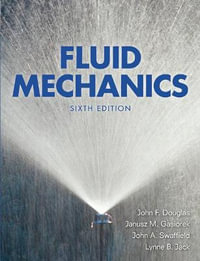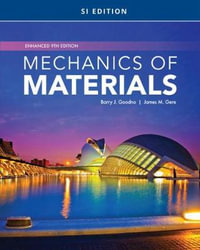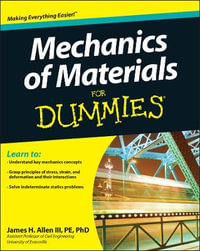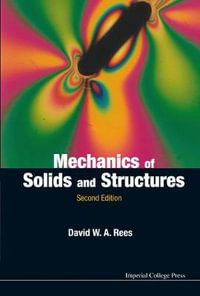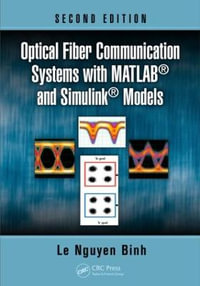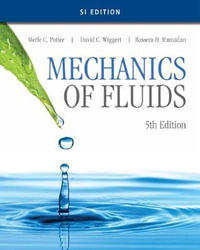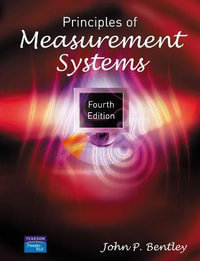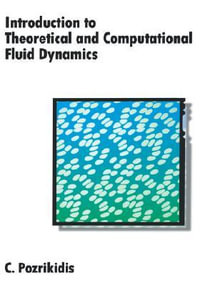1 Introduction.- 2 The Boundary Element Method for Equations ?2u = 0 and ?2u = b.- 2.1 Introduction.- 2.2 The Case of the Laplace Equation.- 2.2.1 Fundamental Relationships.- 2.2.2 Boundary Integral Equations.- 2.2.3 The Boundary Element Method for Laplace's Equation.- 2.2.4 Evaluation of Integrals.- 2.2.5 Linear Elements.- 2.2.6 Treatment of Corners.- 2.2.7 Quadratic and Higher-Order Elements.- 2.3 Formulation for the Poisson Equation.- 2.3.1 Basic Relationships.- 2.3.2 Cell Integration Approach.- 2.3.3 The Monte Carlo Method.- 2.3.4 The Use of Particular Solutions.- 2.3.5 The Galerkin Vector Approach.- 2.3.6 The Multiple Reciprocity Method.- 2.4 Computer Program 1.- 2.4.1 MAINP1.- 2.4.2 Subroutine INPUT1.- 2.4.3 Subroutine ASSEM2.- 2.4.4 Subroutine NECMOD.- 2.4.5 Subroutine SOLVER.- 2.4.6 Subroutine INTERM.- 2.4.7 Subroutine OUTPUT.- 2.4.8 Results of a Test Problem.- 2.5 References.- 3 The Dual Reciprocity Method for Equations of the Type ?2u = b(x, y).- 3.1 Equation Development.- 3.1.1 Preliminary Considerations.- 3.1.2 Mathematical Development of the DRM for the Poisson Equation.- 3.2 Different f Expansions.- 3.2.1 Case f = r.- 3.2.2 Case f = 1+ r.- 3.2.3 Case f = 1 at One Node and f = r at Remaining Nodes.- 3.3 Computer Implementation.- 3.3.1 Schematized Matrix Equations.- 3.3.2 Sign of the Components of r and its Derivatives.- 3.4 Computer Program 2.- 3.4.1 MAINP2.- 3.4.2 Subroutine INPUT2.- 3.4.3 Subroutine ALFAF2.- 3.4.4 Subroutine RHSVEC.- 3.4.5 Comparison of Results for a Torsion Problem using Different Approximating Functions.- 3.4.6 Data and Output for Program 2.- 3.5 Results for Different Functions b = b(x,y).- 3.5.1 The Case ?2u = ?x.- 3.5.2 The Case ?2u = ?x2.- 3.5.3 The Case ?2u = a2 ? x2.- 3.5.4 Results using Quadratic Elements.- 3.6 Problems with Different Domain Integrals on Different Regions.- 3.6.1 The Subregion Technique.- 3.6.2 Integration over Internal Region.- 3.7 References.- 4 The Dual Reciprocity Method for Equations of the Type ?2u = b(x, y, u).- 4.1 Introduction.- 4.2 The Convective Case.- 4.2.1 Results for the Case ?2u = ??u/?x.- 4.2.2 Results for the Case ?2u = ?(?u/?x+ ?u/?y).- 4.2.3 Internal Derivatives of the Problem Variables.- 4.3 The Helmholtz Equation.- 4.3.1 DRM Formulations.- 4.3.2 DRM Results for Vibrating Beam.- 4.3.3 Results for Non-Inversion DRM.- 4.4 Non-Linear Cases.- 4.4.1 Burger's Equation.- 4.4.2 Spontaneous Ignition: The Steady-State Case.- 4.4.3 Non-Linear Material Problems.- 4.5 Computer Program 3.- 4.5.1 MAINP3.- 4.5.2 Subroutine ALFAF3.- 4.5.3 Subroutine RHSMAT.- 4.5.4 Subroutine DERIVXY.- 4.5.5 Results of Test Problems.- 4.6 Three-Dimensional Analysis.- 4.6.1 Equations of the Type ?2u = b(x, y, z).- 4.6.2 Equations of the Type ?2u = b(x, y, z, u).- 4.7 References.- 5 The Dual Reciprocity Method for Equations of the Type ?2u = b(x, y, u, t).- 5.1 Introduction.- 5.2 The Diffusion Equation.- 5.3 Computer Program 4.- 5.3.1 MAINP4.- 5.3.2 Subroutine ASSEMB.- 5.3.3 Subroutine VECTIN.- 5.3.4 Subroutine BOUNDC.- 5.3.5 Results of a Test Problem.- 5.3.6 Data Input.- 5.3.7 Computer Output.- 5.3.8 Further Applications.- 5.3.9 Other Time-Stepping Schemes.- 5.4 Special f Expansions.- 5.4.1 Axisymmetric Diffusion.- 5.4.2 Infinite Regions.- 5.5 The Wave Equation.- 5.5.1 Infinite and Semi-Infinite Regions.- 5.6 The Transient Convection-Diffusion Equation.- 5.7 Non-Linear Problems.- 5.7.1 Non-Linear Materials.- 5.7.2 Non-Linear Boundary Conditions.- 5.7.3 Spontaneous Ignition: Transient Case.- 5.8 References.- 6 Other Fundamental Solutions.- 6.1 Introduction.- 6.2 Two-Dimensional Elasticity.- 6.2.1 Static Analysis.- 6.2.2 Treatment of Body Forces.- 6.2.3 Dynamic Analysis.- 6.3 Plate Bending.- 6.4 Three-Dimensional Elasticity.- 6.4.1 Computational Formulation.- 6.4.2 Gravitational Load.- 6.4.3 Centrifugal Load.- 6.4.4 Thermal Load.- 6.5 Transient Convection-Diffusion.- 6.6 References.- 7 Conclusions.- Appendix 1.- Appendix 2.- The Authors.



